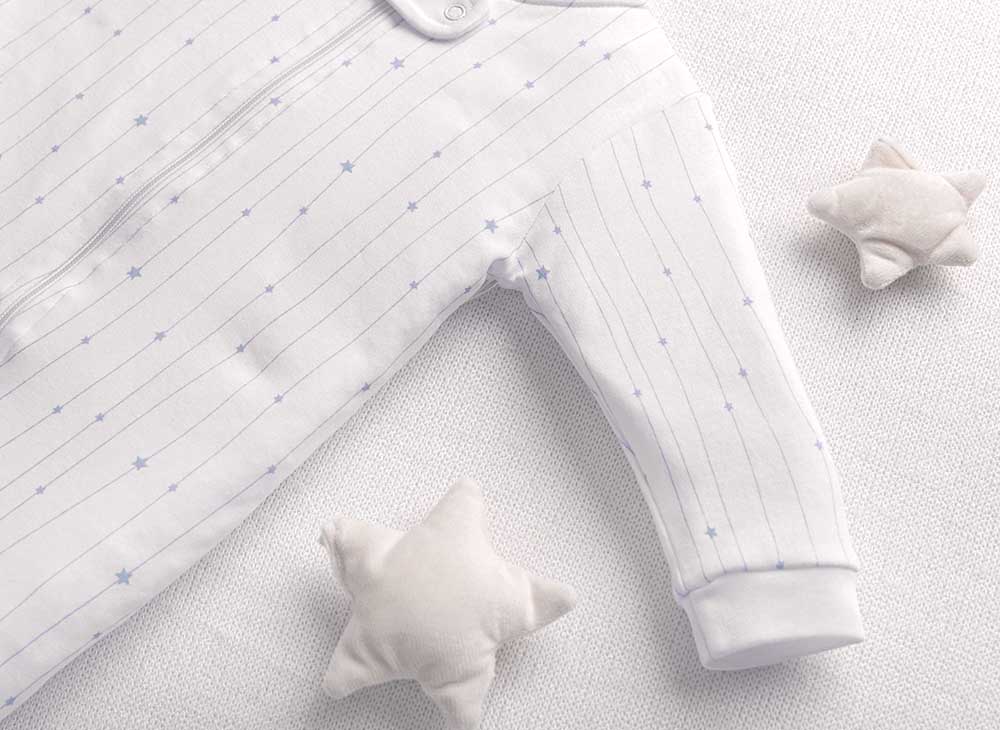
Pima Cotton vs Regular Cotton
Cotton products are everywhere, known for their softness and durability which people appreciate. But there you may have noticed that not all cotton clothes are equally soft, durable, or luxurious.
In this article, we'll talk about the difference between Pima cotton and regular cotton and how to pick between them.
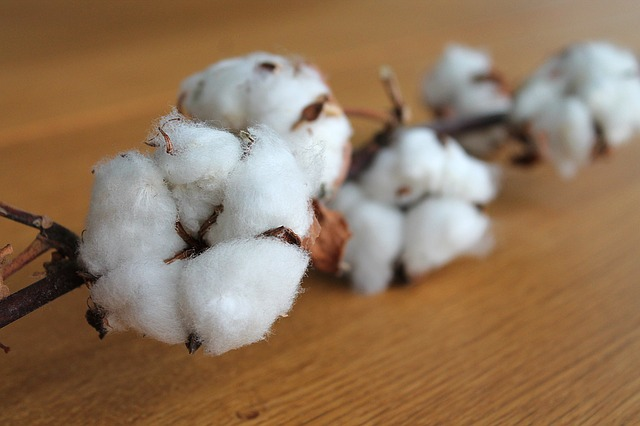
What is Pima cotton?
Pima cotton is a rare variety representing only 3% of the world's cotton production.
Pima cotton is a higher-end, ultra-soft material that has longer fiber than standard varieties. Most consumers prize Pima for its reputation for producing smooth fabric that is rich in texture, extremely durable, wrinkle-resistant, pill-resistant, and soft to the touch.
The unusual softness of Pima cotton makes it popular as a material for making luxury clothing items and bedsheets. Because of its absorbency and resistance to pilling, the material is also commonly used in towels.

What is "regular cotton"?
All pieces of cotton are not created alike. The quality of finished fabric depends on the length of the fibers, with longer fibers being of higher quality.
The most common type of cotton is Upland cotton. This cotton represents nearly 90% of all cotton produced around the world.
Upland is primarily used to make denim jeans and flannel clothing thanks to its soft, strong, and low-maintenance fibers. It's an American classic, comprising most of the cotton grown in the US.
It's affordable for most of the population, while it may not be the best option in the market.
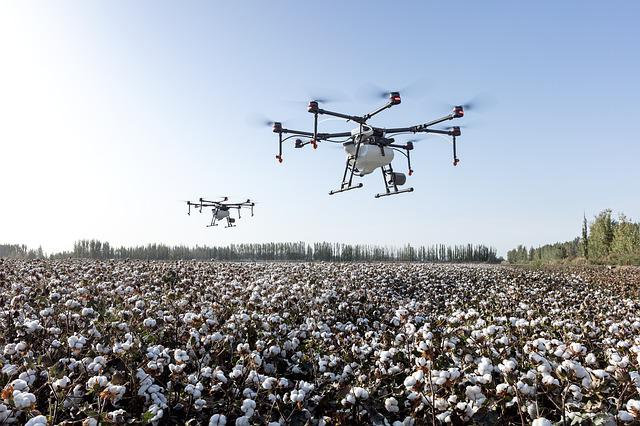
The history of Pima cotton
Pima cotton was originally grown on the famed Sea Islands of South Carolina in the 1790s. It is the result of cross-pollination with Egyptian varieties throughout the 19th century. Thanks to this process, American producers developed extra-long-staple cotton named Pima cotton.
This cotton, originally called American-Egyptian cotton, offered an incredibly high-quality fiber that resulted in a luxurious fabric as soft as it was strong.
It wasn’t until the early 1900s that the U.S. Department of Agricultural, worked with the Pima tribe of Arizona to perfect this young crop. The USDA named the American extra-long staple variety “Pima cotton” to honor these pioneering farmers.
However, the origins of this noble cotton plant are indeed in South America. In Peru, Pima cotton is grown in the coastal valleys of Piura and Chira as it was in ancient times (about 5000 years ago).
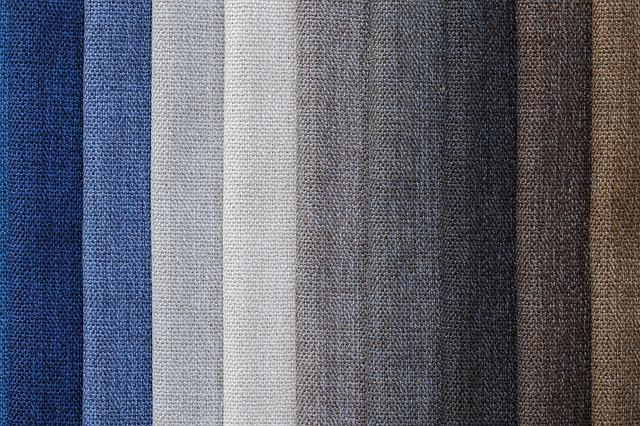
Peruvian Pima cotton vs American Pima cotton
Both American and Peruvian Pima cotton are high-quality options. The main difference between them is the way they are harvested and the geographical factor.
Peruvian Pima cotton grows in abundance along the northern coastal valleys of Peru. There, the soil soaks up the right amount of moisture at pretty perfect equatorial temperatures.
Peruvian Pima cotton is also harvested completely by hand. Not only is harvesting by hand more environmentally friendly, but it’s better for the cotton crop itself.
So, is Pima cotton superior to regular cotton?
Yes, Pima cotton is known to be superior to regular cotton for two main reasons: it is softer and more durable.
Softness
Pima cotton consists of long staple fibers that make up this material’s exclusive smoothness, softness, and supple feel.
Pima cotton is known to be softer and more durable than any other cotton.
Regular cotton usually has shorter fibers, and those fibers often get broken during the harvesting process, resulting in low-quality
Durability
Pima cotton is resistant to common issues like fraying and tearing, while regular cotton tends to show signs of age sooner.
Many retailers and manufacturers assert that due to its longer fiber length, Pima cotton clothes last about 50% longer than regular cotton.
Products
When choosing between Pima and regular cotton, you should think about what is it used for. For something, you are not going to be in direct contact with most of the time like curtains, using regular cotton may be fine, as do not need to be durable.
However, if you want your soft cotton clothes to have a longer lifespan, you should consider Pima cotton products like Pima cotton T-shirts because of the longer cotton fibers.
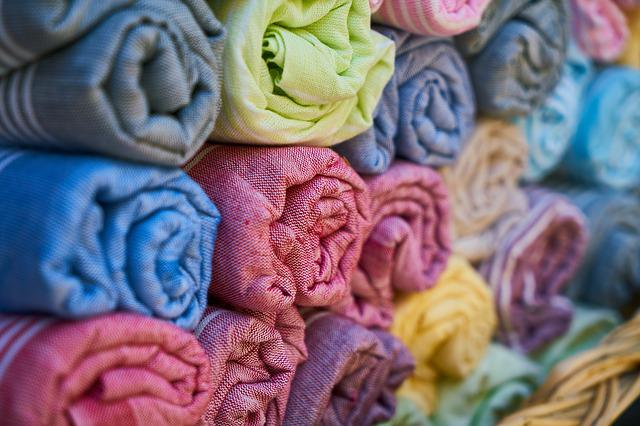
Why the material of your clothes is essential?
Quality is king when shopping for clothing because, without quality, the true value of the item is little. Even though high-quality clothing generally means higher costs, quality is the most important factor when deciding what clothes to wear.
Clothes that are well-made feel better and are more luxurious than other clothes.
How to recognize authentic Pima cotton
Anything labeled "100% cotton" is likely Upland cotton. If, however, the label indicates 100% Pima cotton or only Pima cotton, it is most likely original Pima cotton.
If you want to be sure, apply the 'touch test', original Pima cotton should achieve an unbeatable softness to the touch.
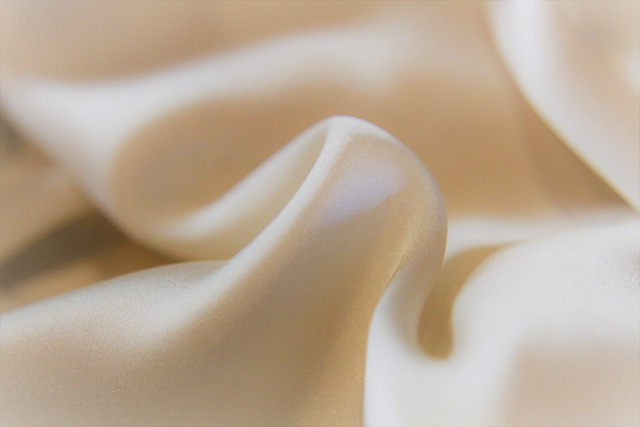
What about Supima cotton?
What is the difference between Pima and Supima cotton? Both Pima and Supima (Superior Pima) cotton are higher-end versions of cotton fabric that have better qualities than traditional cotton.
Products made with either of these two materials are extremely soft and more durable than traditional cotton clothing.
What about Egyptian cotton?
You may have heard of Egyptian cotton sheets vs. Pima cotton sheets, or such comparisons for clothes, or brands.
Pure Egyptian cotton refers to the geographic origin of the plant used to create the mentioned cotton grown. Cotton plants in Egypt grow in a unique climate that allows good growing conditions, which results in high-quality cotton.
And Egyptian cotton is especially troublesome because any cotton grown in Egypt can technically be labeled "Egyptian cotton".
But, how does it compare to Pima cotton? Read this article discussing 'Egyptian cotton vs Pima cotton' to find the answer.
Now that you know the differences between the Pima and regular types of cotton, buy the best Peruvian Pima cotton baby clothes at LydaBaby online store.


